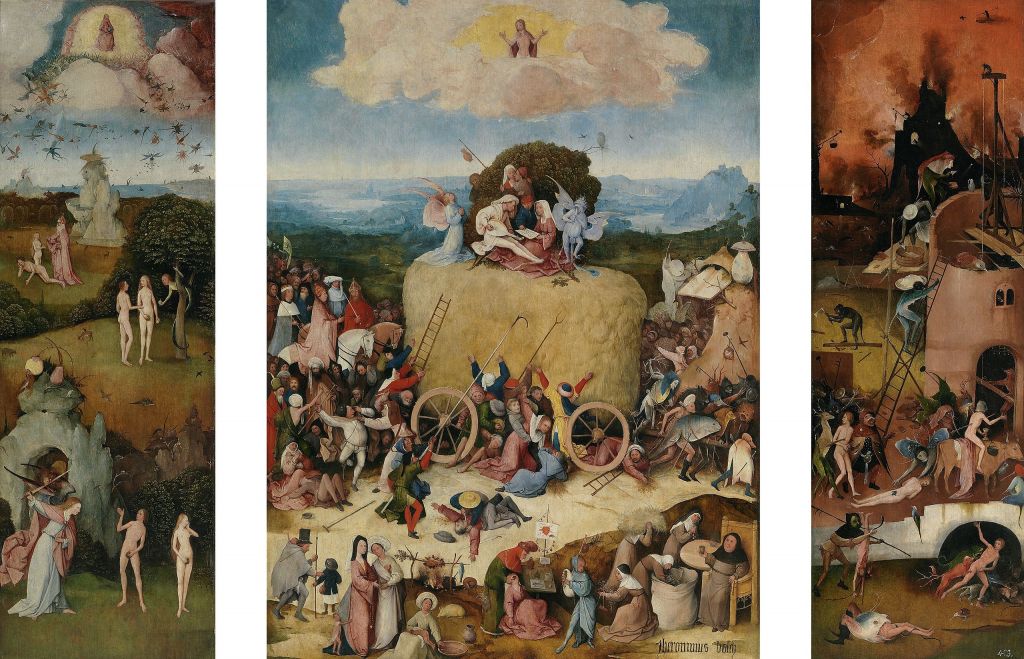A Bosch painting is a marvel to look at, regardless of how familiar someone is with their creator. But once you realize when and perhaps why they were made, they become truly uncanny.
Luckily for those new with the language, the town of s’-Hertogenbosch in the Netherlands is normally referred to as “Den Bosch” (pronounced “Den Boss”). The name means “The Duke’s Forest”, the Duke being Henry I of Bravant, and the city gets most of its renown from once being the home of extraordinar(il)y (insane) painter Hieronymus Bosch.

The Garden of Earthly Delights, his most famous triptic, was made sometime between 1490 and 1510. The extensive range is such because very little is known about the man himself. He left no letters or diaries, we ignore where or how he trained, what his personality was like or the reasons behind his fantastic, apparently pessimistic creations. To our misfortune, only 25 paintings and 8 drawings can be confidently attributed to him.
One thing we do know is that he probably witnessed, as a teenager, the 1463 fire which engulfed 4,000 houses -and most likely their inhabitants too- in fire. Whether this event forged the man’s unique perception, we cannot know, but something lurks for me in those paintings, something dark and catastrophic.
Was Hieronymus dealing with his early memories as he went through life creating images of hell and heaven, bloated fruits and anthropomorphic animals? Many have attempted, without success, to link him to fringe sects and the occult. Nothing came out of it. All we know is that five hundred years ago and, for reasons we will probably never figure out, the man managed to produce a highly individualistic expression of human desires and fears that I can only attempt to compare to Dali, Gaudi and other contemporaries. The question remains, who was he, and why did he do it?





